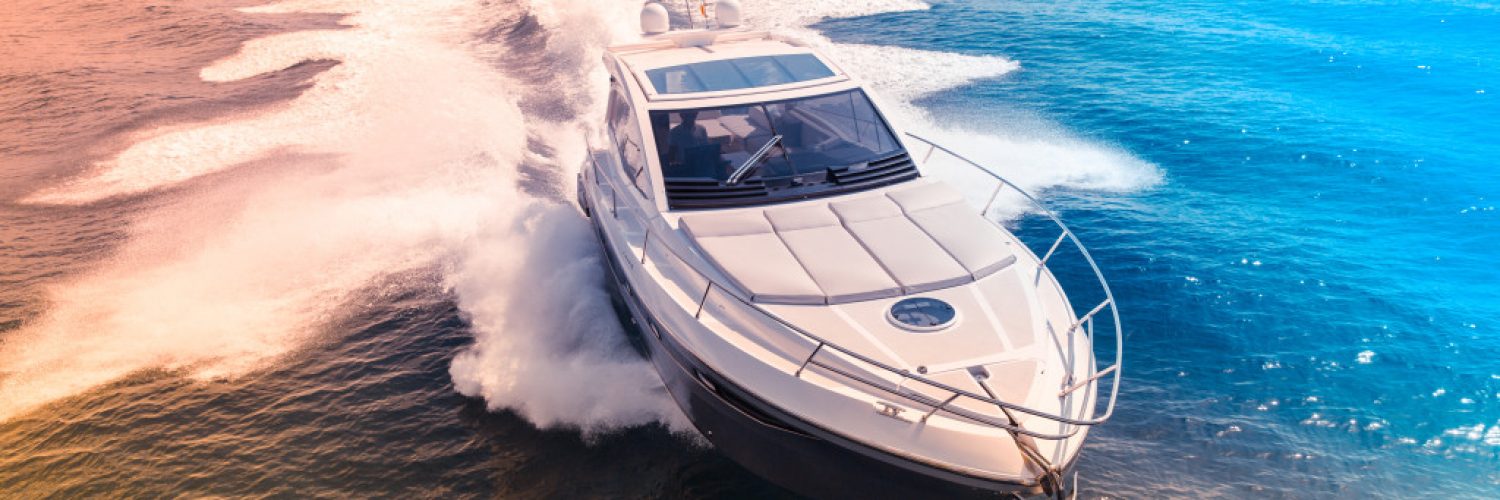Seeing boats from the port, all sporting differently colored lights, some stable and some blinking, you realize not only how seas are enlivened by human activity even during the wee hours of the night. You also realize how sophisticated watercraft technology has become to develop signaling systems in the form of lights.
Truly, filling boats with lights all over isn’t a random decision as each bulb serves a specific purpose, safety especially during night sailing is the most obvious one. To better understand that they serve purposes other than safety and identification, it’s best to start by learning the lights typically seen in boats including yachts:
Navigation Lights
As the name implies, navigation lights identify your location and reduce the risks of colliding with vehicles when out and about. These are practically more reliable during foggy nights. It’s required even for recreational vehicles to activate these lights from dusk until dawn. Navigational lights can be further classified into:
Mast-Head Light
The mast-head light, which is white and formerly only used among steamboats, is presently used in power-driven boats. It is activated when the boat’s engine is set off. And because sailboats are not mechanically propelled, they don’t have mast-head lights.
It is strategically placed on top of the boat’s center and shines 112.5° from dead ahead each to the port and the starboard sides of the boat, or the boat’s left and right sides, respectively. In total, it illuminates 225° ahead. The mast-head light should be installed at least a meter higher relative to the sidelights.
How big the mast-head light is a good indicator of how big the boat you are approaching is. Smaller boats, those under 50 meters, use only one masthead light, whereas boats longer than 50 meters normally have two mast-head lights. A second mast-head light requires a structure 4.5 meters above the first to be installed, which smaller boats don’t have.
Side Lights
Anyone who has a marine navigation background would know that a boat’s sidelights differ in color for onlookers to identify its port and starboard sides. The port side or the left side of the boat should have a red light, whereas the starboard side or the right side has green. Each shine from dead ahead to 112.5° on either side of the boat. Power and sailboats, which are shorter than 20 meters, may have a bi-color light, though.
The distinction in light color makes it easy to determine if the boat is facing you or is tilting at an angle. That is, if you see red to your right and green to your left, it means the boat is facing you. You can take another clue by checking for a forward-facing mast-head light.

Stern Light
The stern light is placed in the closest proximity to the stern or the boat’s back end. This white light covers 67.5° on each side. Ideally, it should be installed at the same height as that of the sidelights. Aside from having no visuals of the bow, the stern light signals that you are facing the back of another boat.
This and sidelights are a non-negotiable requirement for all boats. But, boats that are less than 12 meters long may opt for an all-around signal light, which shines white, green, and red lights as needed, instead of separate mast-head, side, and stern lights.
Underwater Lights
Underwater lights, although not part of minimum safety navigation guidelines, can be very useful to those engaging in night fishing. Initially, they attract fish prey like plankton, which eventually attract the game you are for, which are fishes. The various styles and colors of underwater lights offered in the market are also popular choices for improving the appearance and function of yachts and other recreational vessels.
Lately, enthusiasts are leaning more toward energy-efficient LED lights that disperse well too. You can achieve all these when you work with a reliable provider of high-quality yacht services.
Deck Lights
Deck lights assist visibility of the persons on-board, especially when traversing from one side of the boat to another and, more so on temperamental waves. That being said, there’s no such thing as too much deck lighting.
Docking Lights
Docking lights are placed on the boat front. These lights signal if a boat is leaving or encroaching a dock in the same fashion as signal lights blink when parking a car.
Night sailing has become much safer with the help of established lighting and signaling standards. If you own a boat or are frequently riding one, it would be best to learn its basics. With this, you could keep yourself safe and, perhaps, help others who might be in distress in a separate vehicle.

